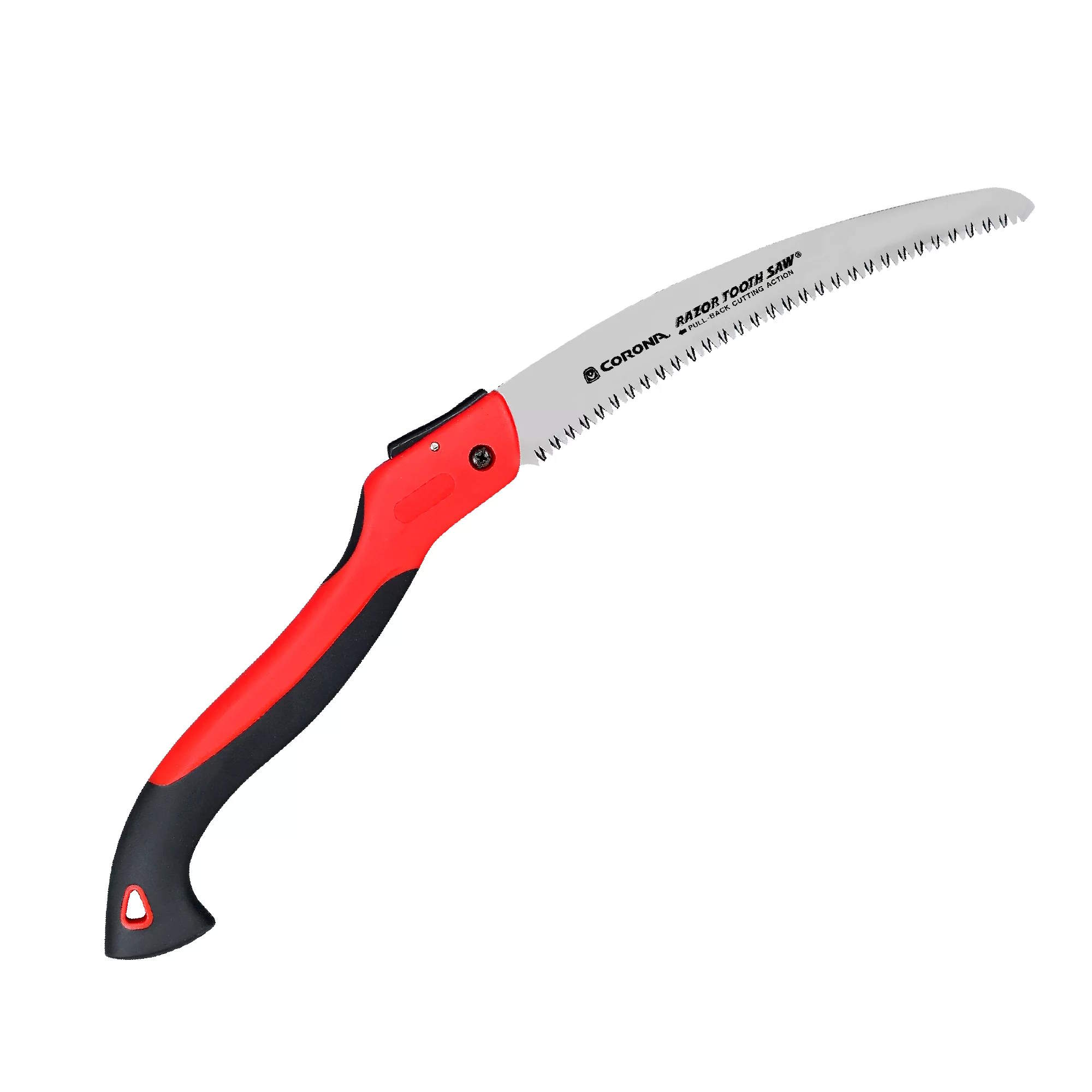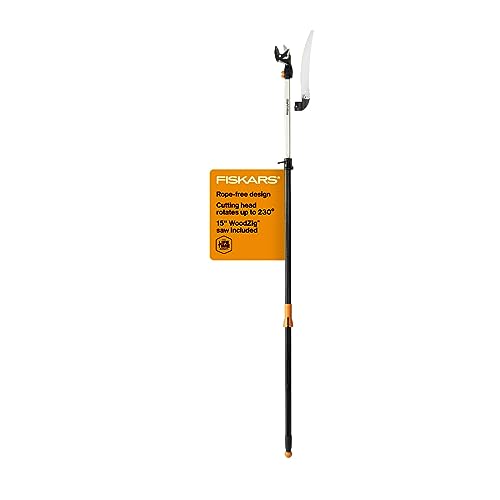An arborist reveals the most forgiving time to prune a walnut tree – and the steps you need to know for safe pruning
Discover when to prune a walnut tree with these expert-recommended tips
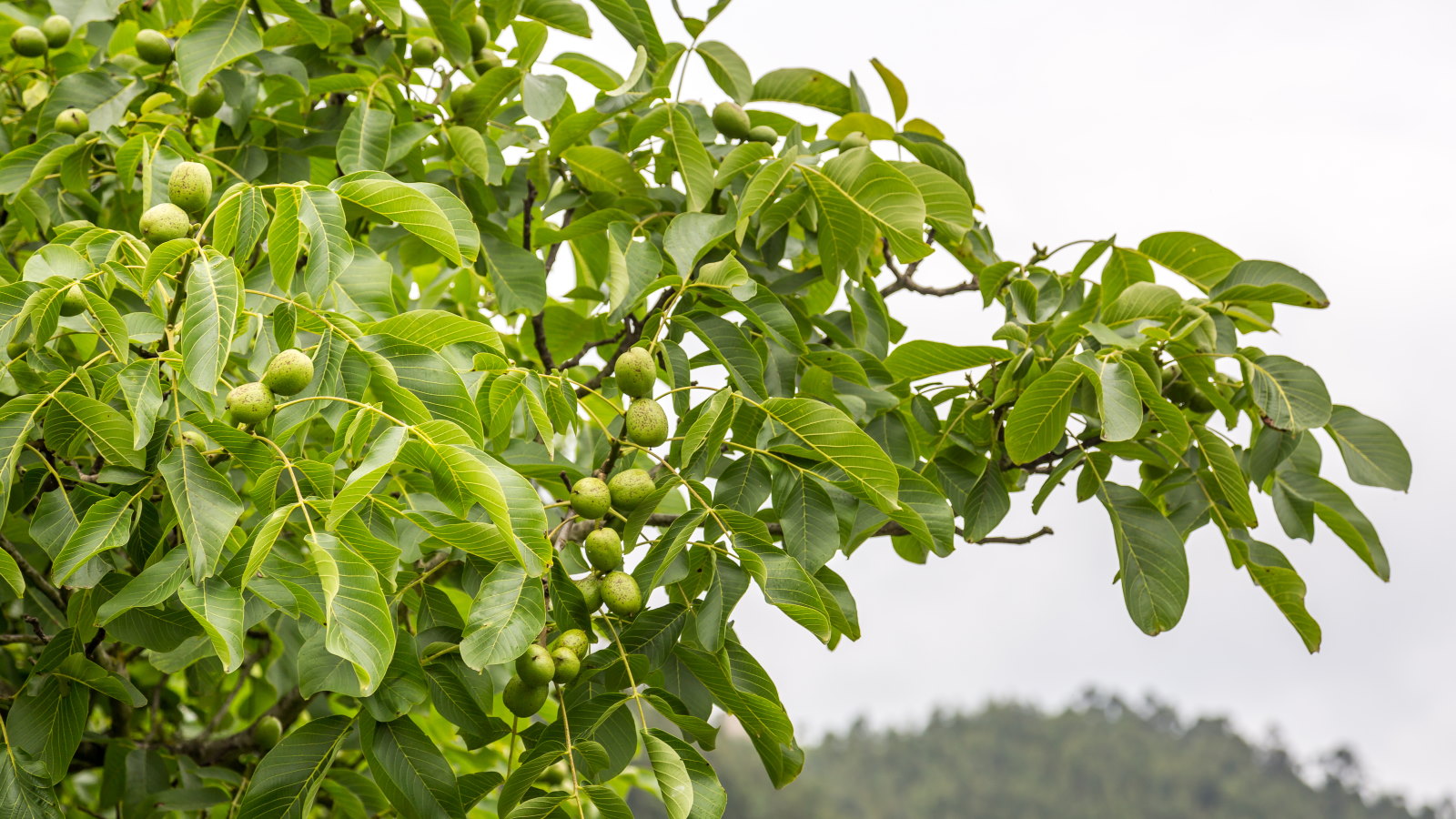

Walnuts are deciduous trees that can grow into large specimens. Depending on the species and the location, they can reach over 100 feet tall with large crowns. Suitable for large gardens, knowing how and when to prune a walnut tree keeps it healthy, productive, and looking its best.
Walnut trees are slow-growing and prone to bleeding sap post-pruning. It makes bad pruning choices especially problematic, as the tree is left susceptible to pests and diseases for longer and new growth takes time to cover up any scars. The best time to prune trees is towards the end of dormancy, although walnut trees can be pruned in summer too.
To help you avoid making any harmful mistakes in trimming, I hear from an arborist and a horticulturist about how and when to prune a walnut tree. The advice covers tips for trimming both young and established walnuts so you can enjoy healthy and beautiful trees.
When to prune a walnut tree
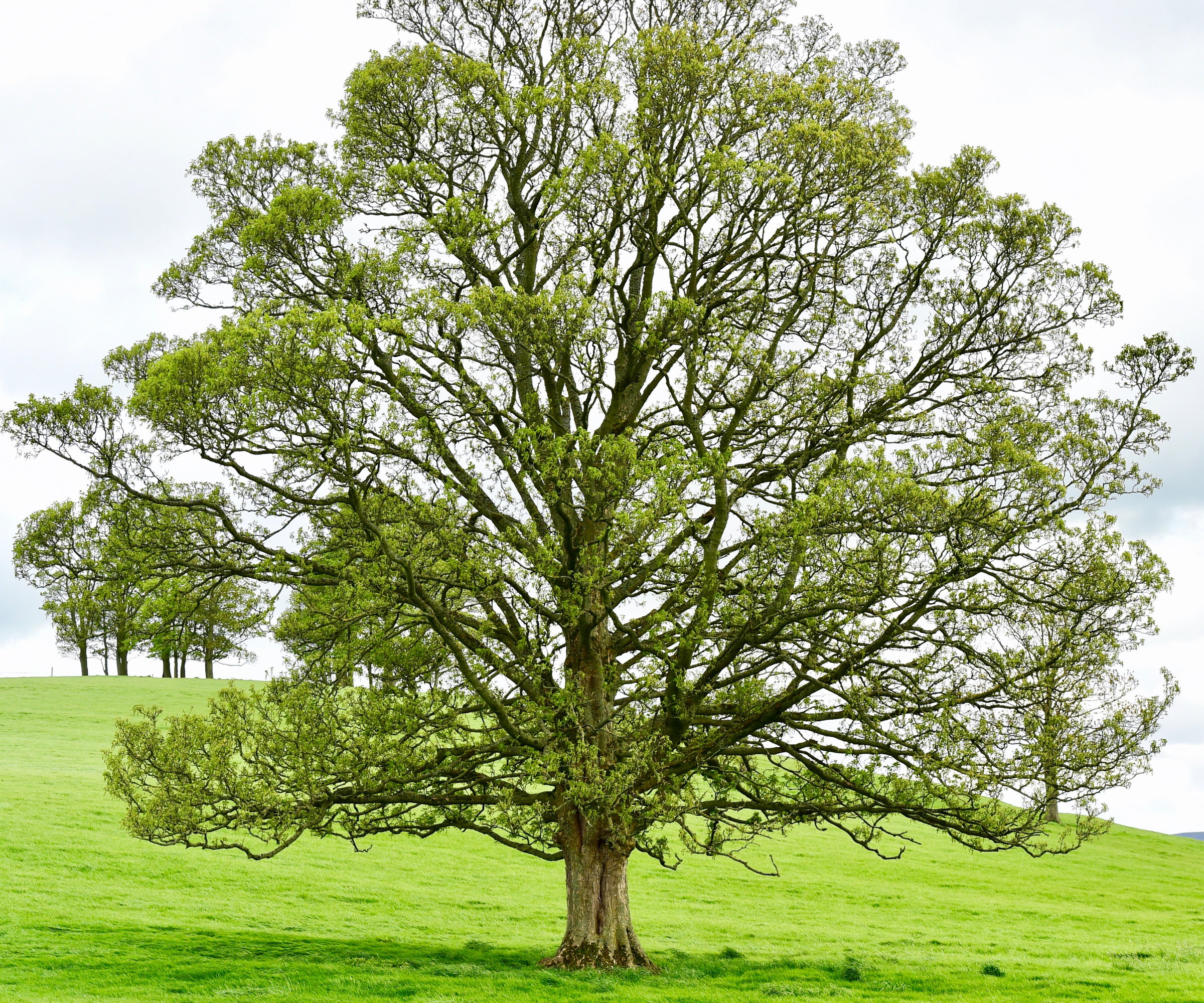
Knowing when to prune a walnut tree, and when to never prune trees, maintains their overall health and shape. No matter what the tree, making the tree pruning mistake of cutting at the wrong time can stress the tree and leave it vulnerable to pests and diseases.
The best time to prune a walnut tree is during the dormant season in late winter. Walnut trees are renowned for bleeding sap when pruned, so the best timing reflects this.
Lisa Tadewaldt, a tree care expert and owner at Urban Forest Pro, claims that the ‘most forgiving time of year’ comes at the end of the dormancy period before the buds break.
The main benefit of pruning during late winter is that bacteria or fungi that cause disease, such as walnut blight and leaf blotch, are less prevalent at that time of year. The other advantage is you can fully see the tree’s skeleton before the new leaves break.
‘Pruning during dormancy allows you to easily shape the tree and control its growth since there aren't any leaves in the way from you seeing dead, damaged, or overcrowded branches,’ claims Michael Clarke, founder at Yardwork. ‘Removing these improves air circulation and light penetration when the tree starts to grow in the spring.’
You can also prune a walnut tree in summer. It reduces sap loss and the tree is not under as much stress as when pruned in spring. The pruning wounds also heal quicker during summer.

Lisa Tadewaldt is the founder and owner of Urban Forest Professionals, an arborist company out of Portland, OR, that has been serving that community for over 15 years
How to prune a walnut tree
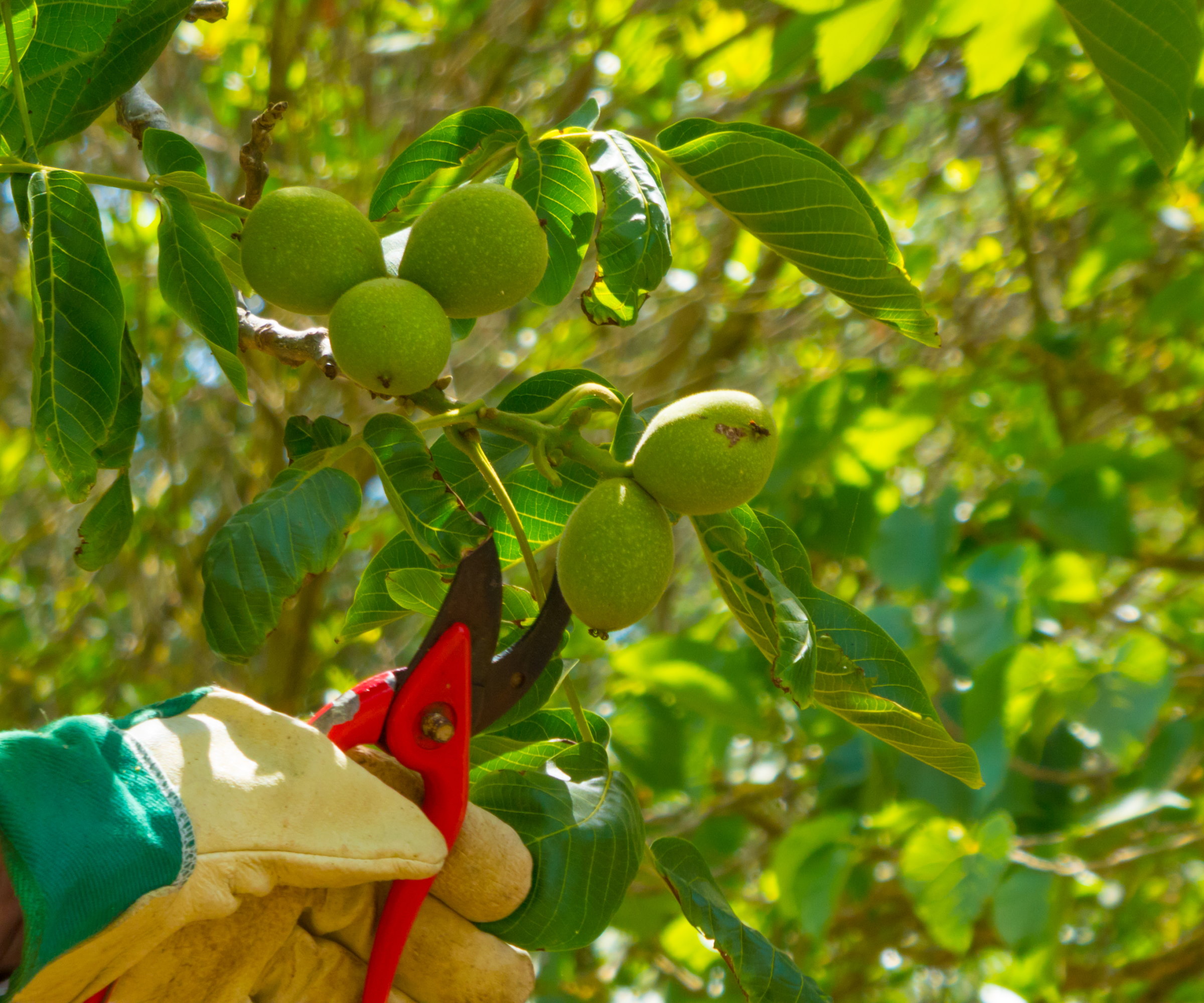
Trimming keeps a walnut tree shapely, healthy, and productive. It is important to use clean and sharp pruning tools and to avoid pruning in wet conditions, where fungal spores may be more prevalent.
How to prune young walnut trees
After planting a tree it is time to start developing the structure not long after, as formative pruning ideally starts once the tree reaches two years old.
A young walnut tree wants to have one single central leader, with a selection of 5-6 lateral branches. Remove any competing branches to maintain one central stem and pick healthy and well-spaced lateral limbs to keep. Consider the height you want the first side branch to sit at and remove any lower-hanging branches
‘Ensure that the tree has strong, well-placed scaffold branches that will form the foundation for future growth, by removing any inward-growing or crossing branches that may cause rubbing or create weak points in the canopy,’ says Michael Clarke.
‘When pruning for the first few years, always cut back to a bud that faces outward or upward. This helps direct the growth of the tree outward and upward, preventing a narrow or overly tall structure.’
When selecting scaffold branches, thick branches larger than a third of the central leader’s diameter are best removed so they do not take lots of nutrients away from the rest of the laterals.
How to prune a mature walnut tree
A mature walnut will benefit from pruning every few years to maintain the tree’s shape and productivity. It is key to work efficiently and considerately, not removing too much material to stress the tree. Think about safety too and only prune what you can reach using a step ladder or pole pruner. A large walnut tree may need professional pruning to avoid harming yourself or the tree.
Here are six steps for trimming a walnut tree:
- Start by identifying and removing dead, damaged, or diseased branches
- Prune out any crossing branches rubbing together and causing entry points for disease. This includes any branches that may start to cross in the next year. When it comes to how to prune tree branches, forked branches can have the smaller fork removed or the entire branch can be cut
- Remove any low-hanging branches to maintain a clear trunk - which benefits the appearance and makes harvesting the nuts easier
- Remove any upright, vigorous shoots in the tree’s center to improve light and air circulation through the canopy
- Lisa Tadewaldt recommends ‘remove any water sprouts around the base of the tree’ that take away water and nutrients from the rest of the tree
- Avoid pruning branches thicker than four inches in diameter, as the tree is slow-growing and will take a long time to heal the wound. Walnut pruning is best done with selected thinning cuts of limbs around an inch or less in diameter
As mentioned earlier, avoid the pruning mistake of being too heavy-handed. Removing too much material weakens the tree’s ability to photosynthesize and stresses the tree due to sap loss.
While sticking to the one-third pruning rule is a good measure for many trees and shrubs, it is advisable to trim even less when you prune a walnut tree. ‘Walnuts are hardwood trees and are slow growing so new growth will take time,’ explains Lisa Tadewaldt. ‘Prune a small amount at a time 5%-10% max of the canopy is a good range.’ Hard pruning is never recommended when trimming a walnut tree.

Michael Clarke is the founder of Yardwork, the online platforms for everything home and garden. He is a designer with a degree in landscape architecture and horticulture from the University of California Davis. He was previously the founder of a landscape development and maintenance company, where he provided complete landscape services to homeowners and commercial property owners and installation services for multi-million dollar municipality projects.
Shop tools for pruning a walnut tree
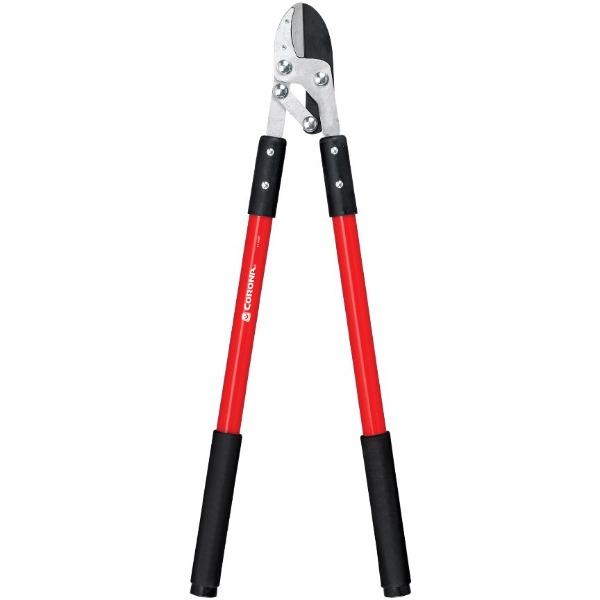
A sturdy pair of loppers with a high-carbon steel bypass blade for cutting tree branches up to 1 1/2 inches in diameter.
FAQs
Can I keep a walnut tree small?
Walnut trees are not suited to small backyards, however, their size can be controlled through regular pruning. Removing the central leader can result in more side branches and a smaller tree, but the tree will need regular pruning to keep it at a smaller size. In reality, walnuts are trees to never plant in a small backyard as, together with their size, they have large roots and can inhibit the growth of nearby plants.
As mentioned above, planting walnut trees should always be done cautiously due to their toxicity. The trees release a chemical called juglone from roots, leaves, and falling nuts - which can stunt the growth of other plants. The level of toxicity can vary on the type of tree, but black walnuts are known to affect other plants within 50 feet of their trunk.
Sign up to the Homes & Gardens newsletter
Design expertise in your inbox – from inspiring decorating ideas and beautiful celebrity homes to practical gardening advice and shopping round-ups.

Drew’s passion for gardening started with growing vegetables and salad in raised beds in a small urban terrace garden. He has worked as a professional gardener in historic gardens and specialises in growing vegetables, fruit, herbs, and cut flowers as a kitchen gardener. That passion for growing extends to being an allotmenteer, garden blogger, and producing how-to gardening guides for websites. Drew was shortlisted for the New Talent of the Year award at the 2023 Garden Media Guild Awards.
You must confirm your public display name before commenting
Please logout and then login again, you will then be prompted to enter your display name.
-
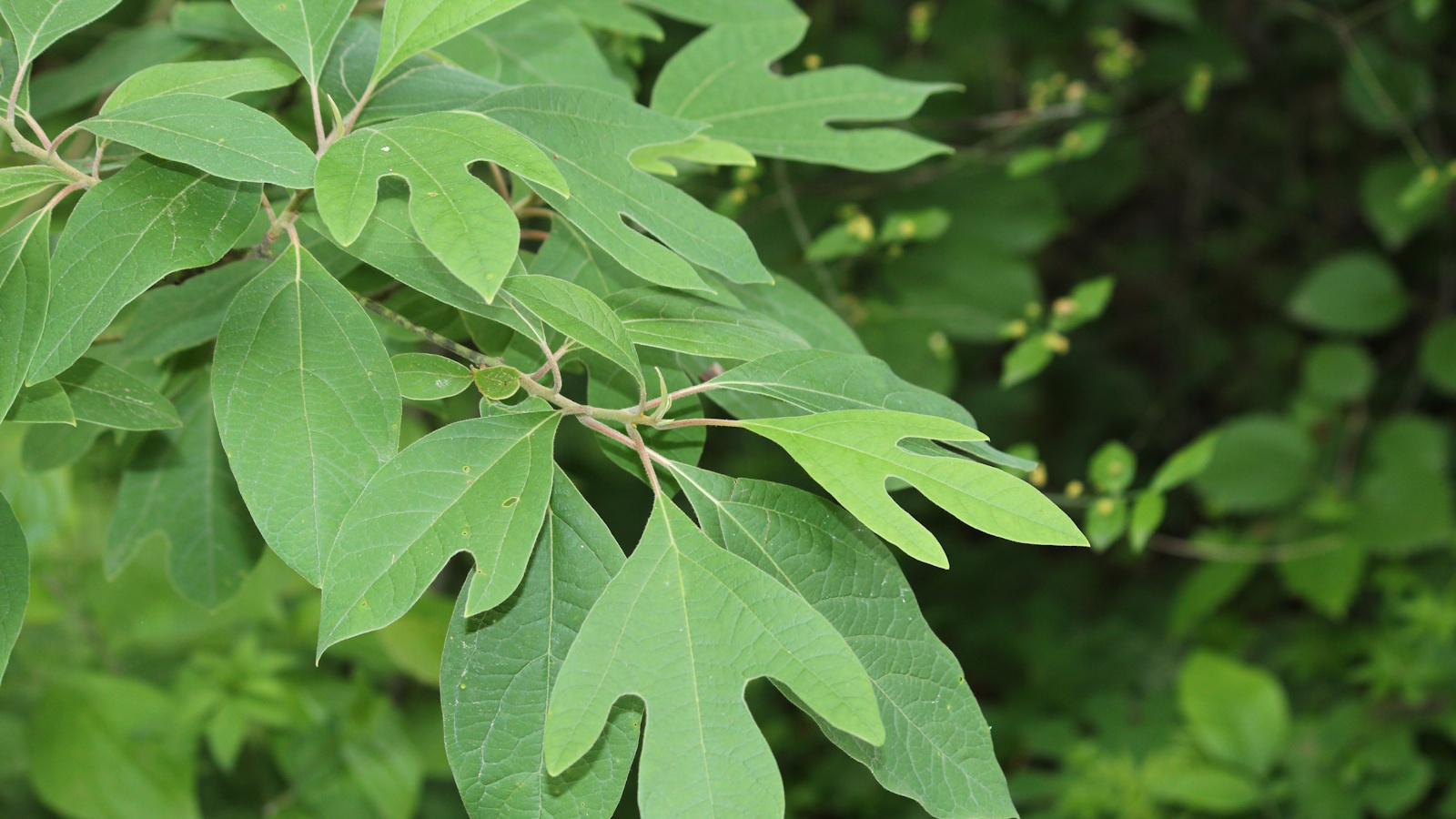 How to grow sassafras – for a low-maintenance native tree that can even be planted in shady yards
How to grow sassafras – for a low-maintenance native tree that can even be planted in shady yardsFor an easy-to-grow North American tree, you will not find much better than sassafras
By Thomas Rutter
-
 'Big results before you know it' – Experts urge you to use the ‘Take Away 10’ method for simple decluttering with zero decision fatigue
'Big results before you know it' – Experts urge you to use the ‘Take Away 10’ method for simple decluttering with zero decision fatigueIt can cut hundreds of items from your home in just a few weeks
By Ottilie Blackhall
-
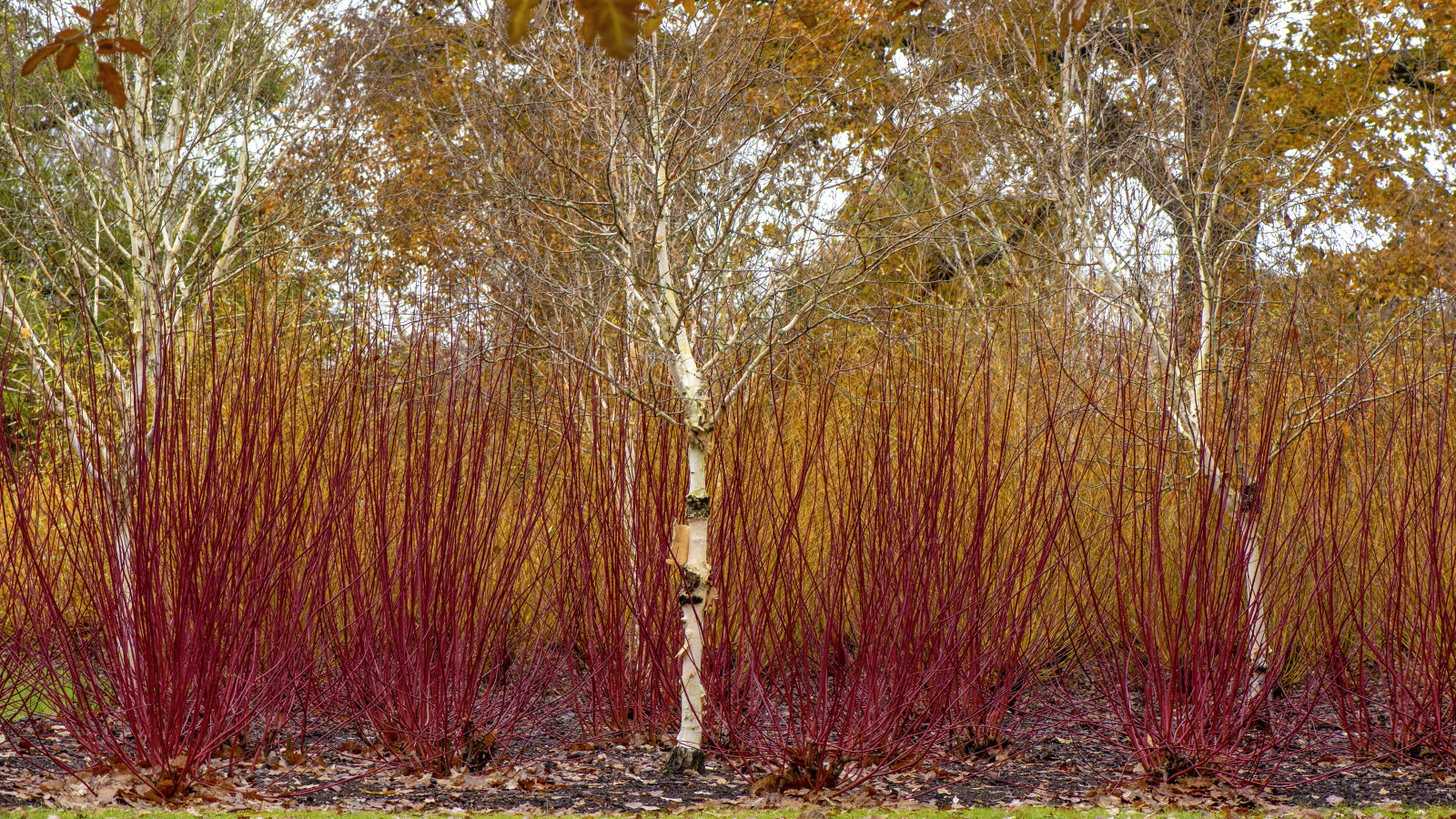 How to coppice trees and shrubs – and the 5 species that will benefit from this historical and super simple pruning technique
How to coppice trees and shrubs – and the 5 species that will benefit from this historical and super simple pruning techniqueCoppicing has aesthetic and practical benefits in a garden
By Drew Swainston
-
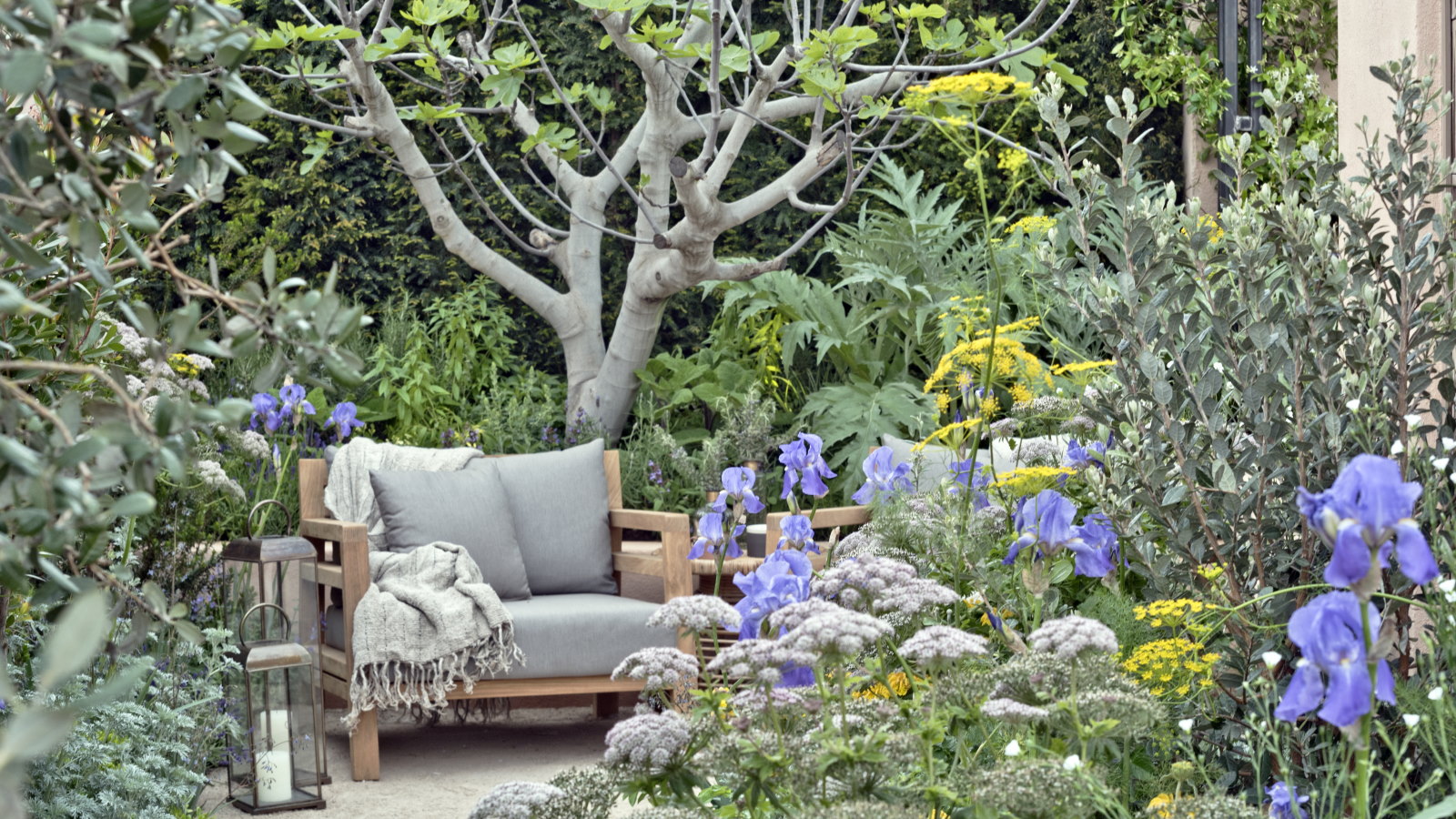 Horticulturists urge you to prune these 7 plants in April – for healthy growth and better-than-ever flowering displays
Horticulturists urge you to prune these 7 plants in April – for healthy growth and better-than-ever flowering displaysDiscover a key selection of plants to cut back this month, with expert pruning advice
By Drew Swainston
-
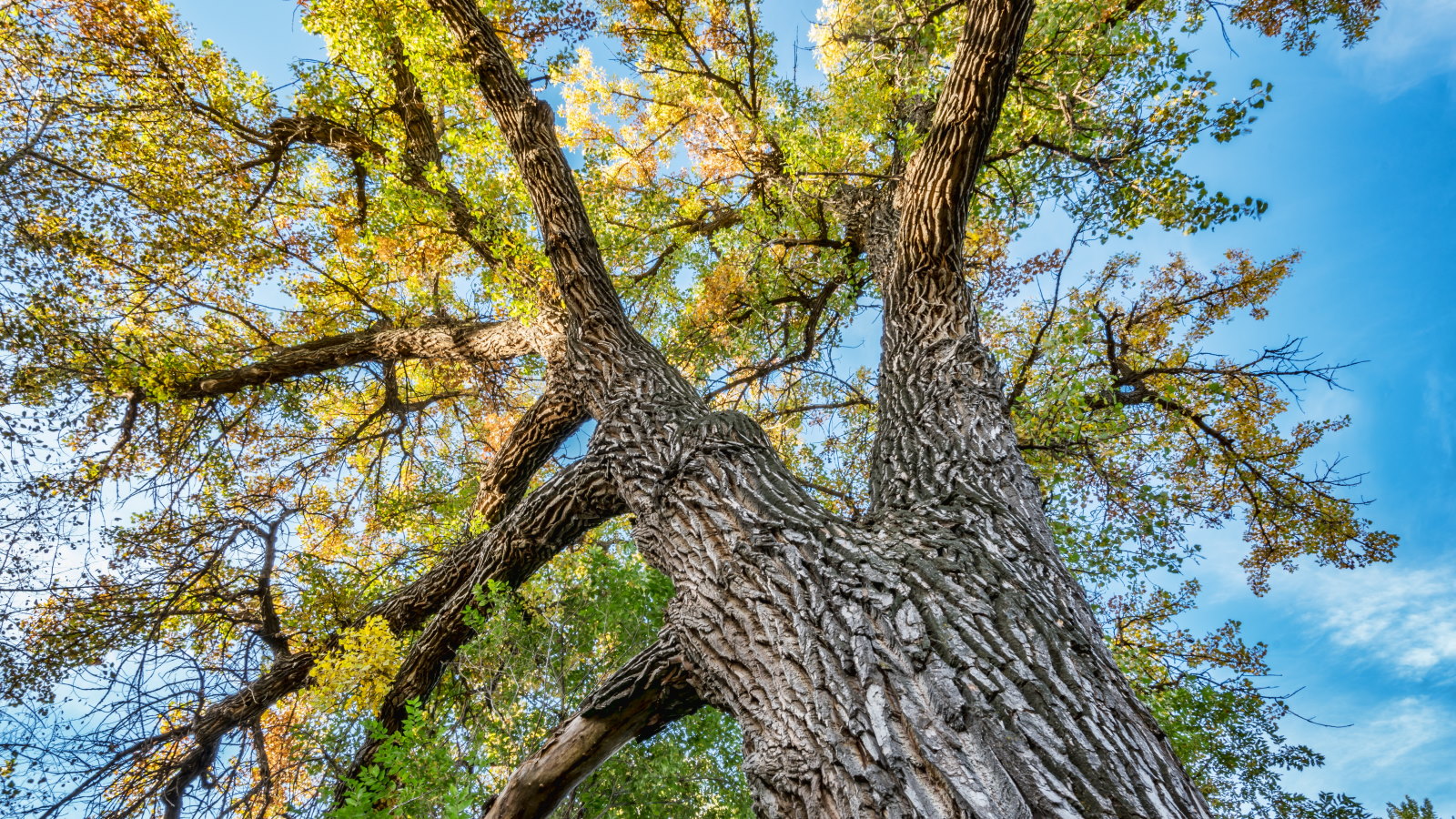 Safety is the number one reason to prune a cottonwood tree – an arborist reveals the best trimming routine to follow
Safety is the number one reason to prune a cottonwood tree – an arborist reveals the best trimming routine to followWhen and how to prune young and established cottonwoods
By Drew Swainston
-
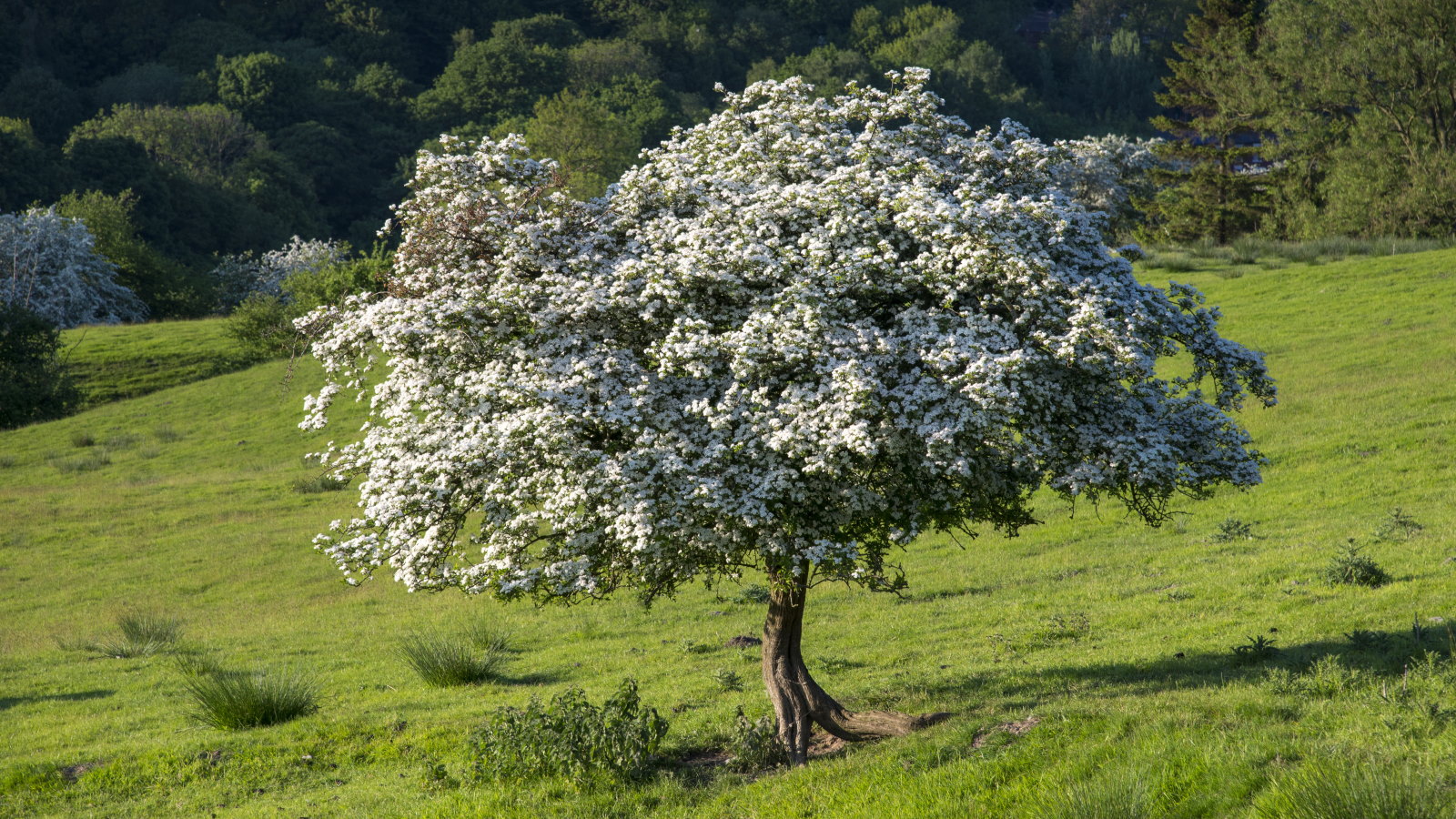 Now is the time to prune hawthorn trees to keep them healthy and attractive – 5 expert-recommended steps to follow for proper trimming
Now is the time to prune hawthorn trees to keep them healthy and attractive – 5 expert-recommended steps to follow for proper trimmingAvoid unnecessarily stressing your trees by pruning at the right time and not getting carried away
By Drew Swainston
-
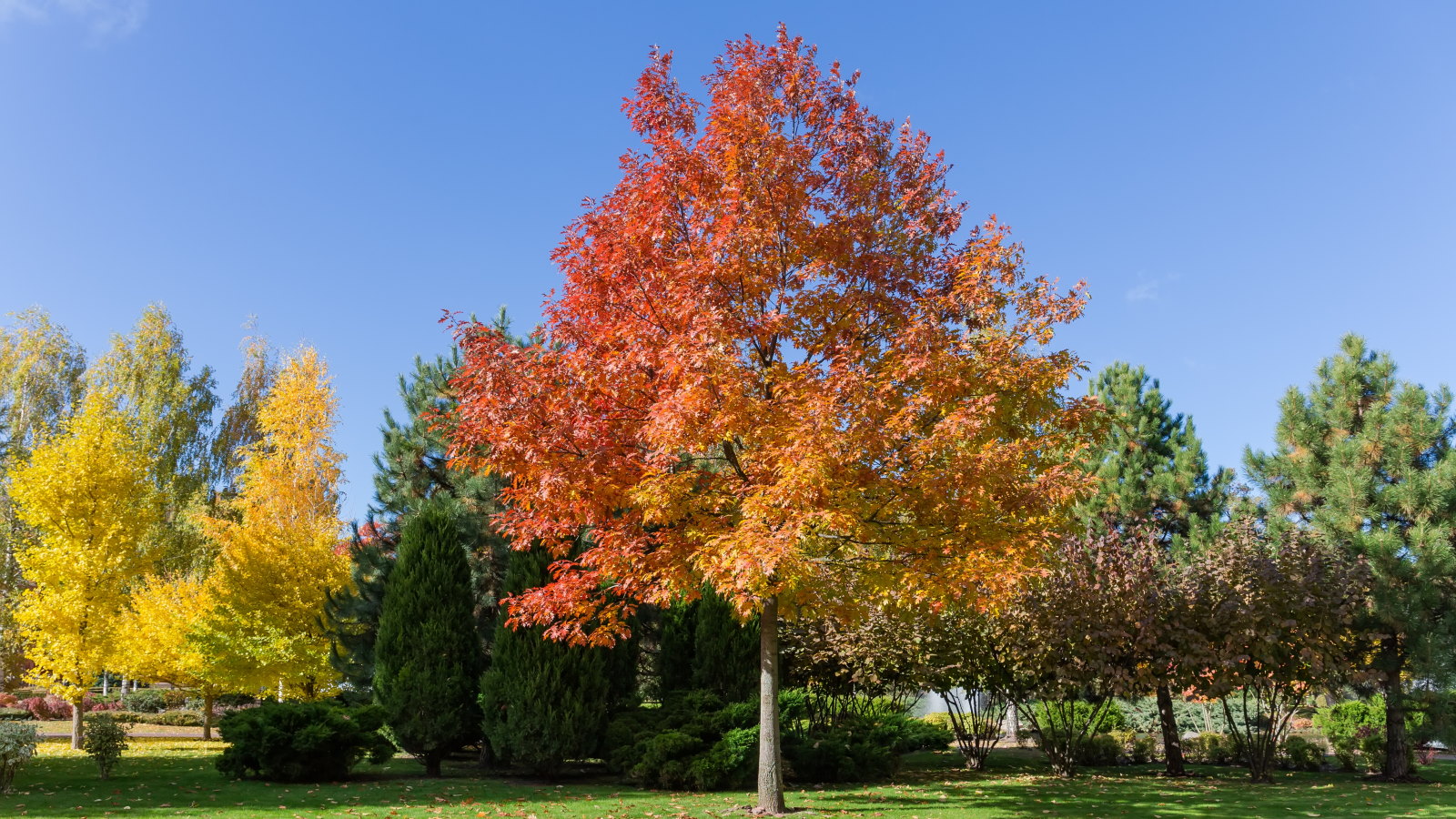 This is your last chance to prune oak trees to avoid a potentially fatal disease that can kill trees within months, arborists reveal
This is your last chance to prune oak trees to avoid a potentially fatal disease that can kill trees within months, arborists revealStay safe and discover what you can prune at different times of the year
By Drew Swainston
-
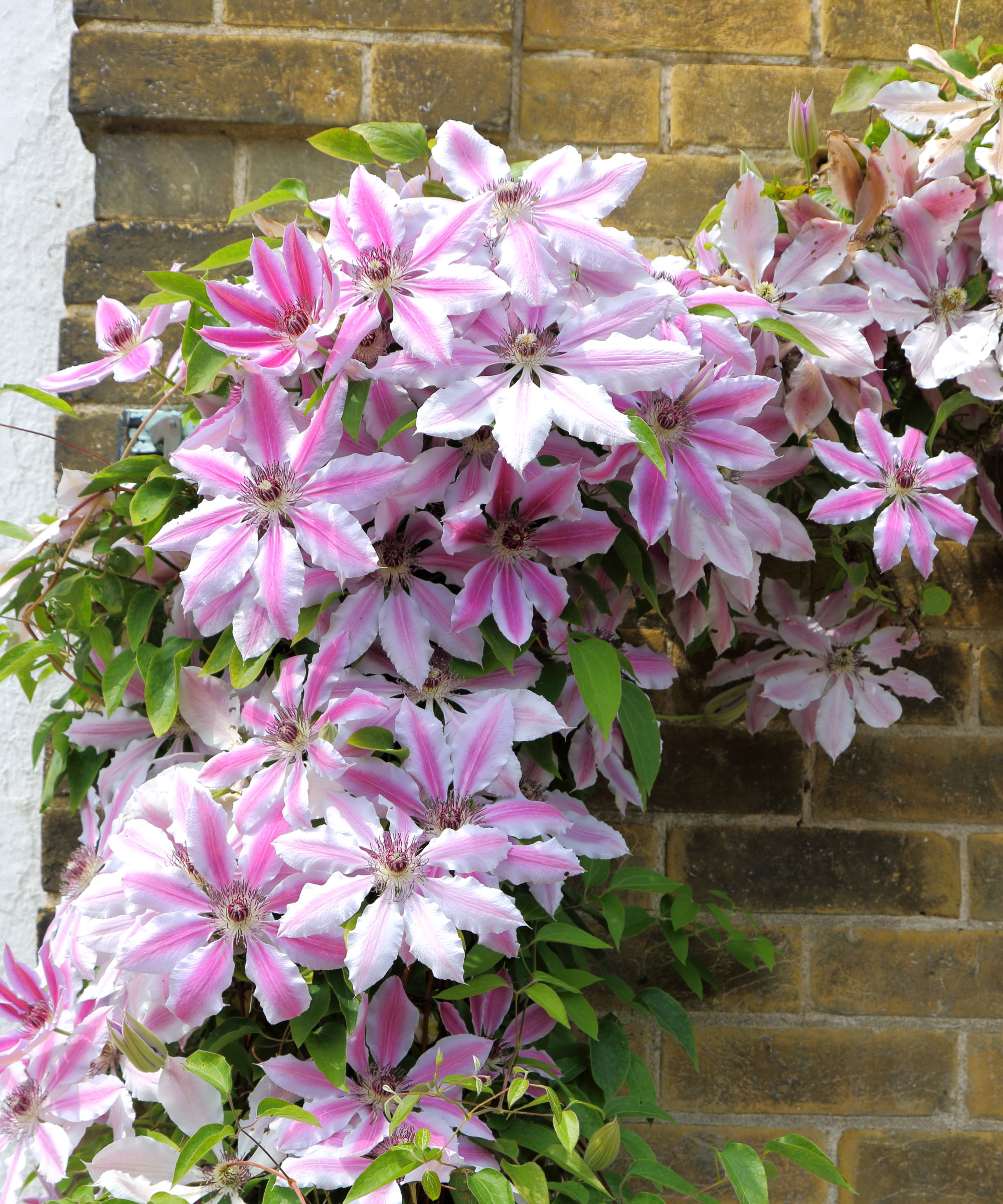 Expert horticulturists reveal 5 clematis pruning mistakes to avoid if you want spectacular floral displays
Expert horticulturists reveal 5 clematis pruning mistakes to avoid if you want spectacular floral displaysWhy you need to prune at the right time and not remove too much or too little
By Drew Swainston
-
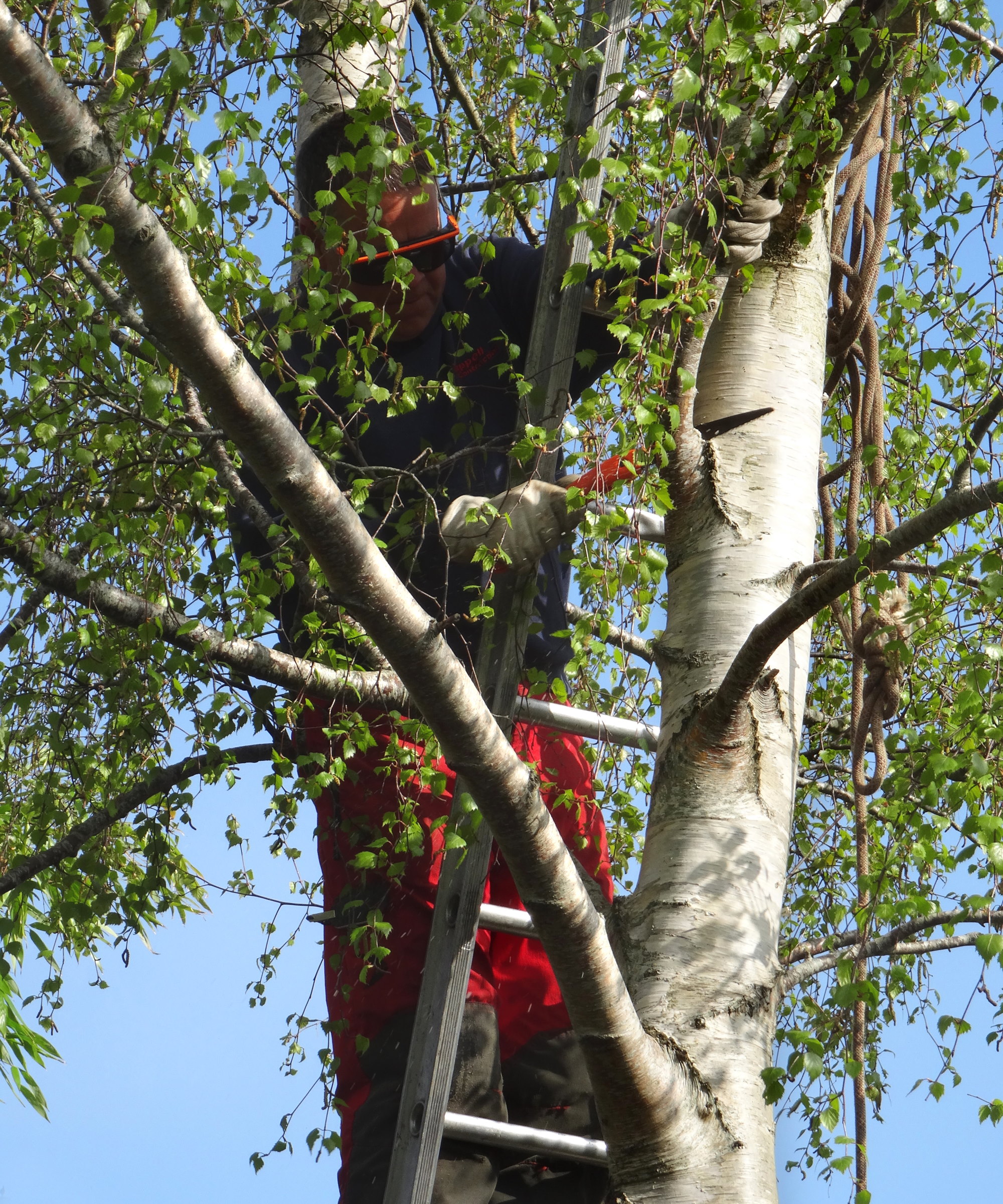 How to prune birch trees – arborists reveal 5 golden rules to follow and 3 things you should never do
How to prune birch trees – arborists reveal 5 golden rules to follow and 3 things you should never doAggressive pruning can be fatal to birch trees – here is how to avoid it
By Drew Swainston
-
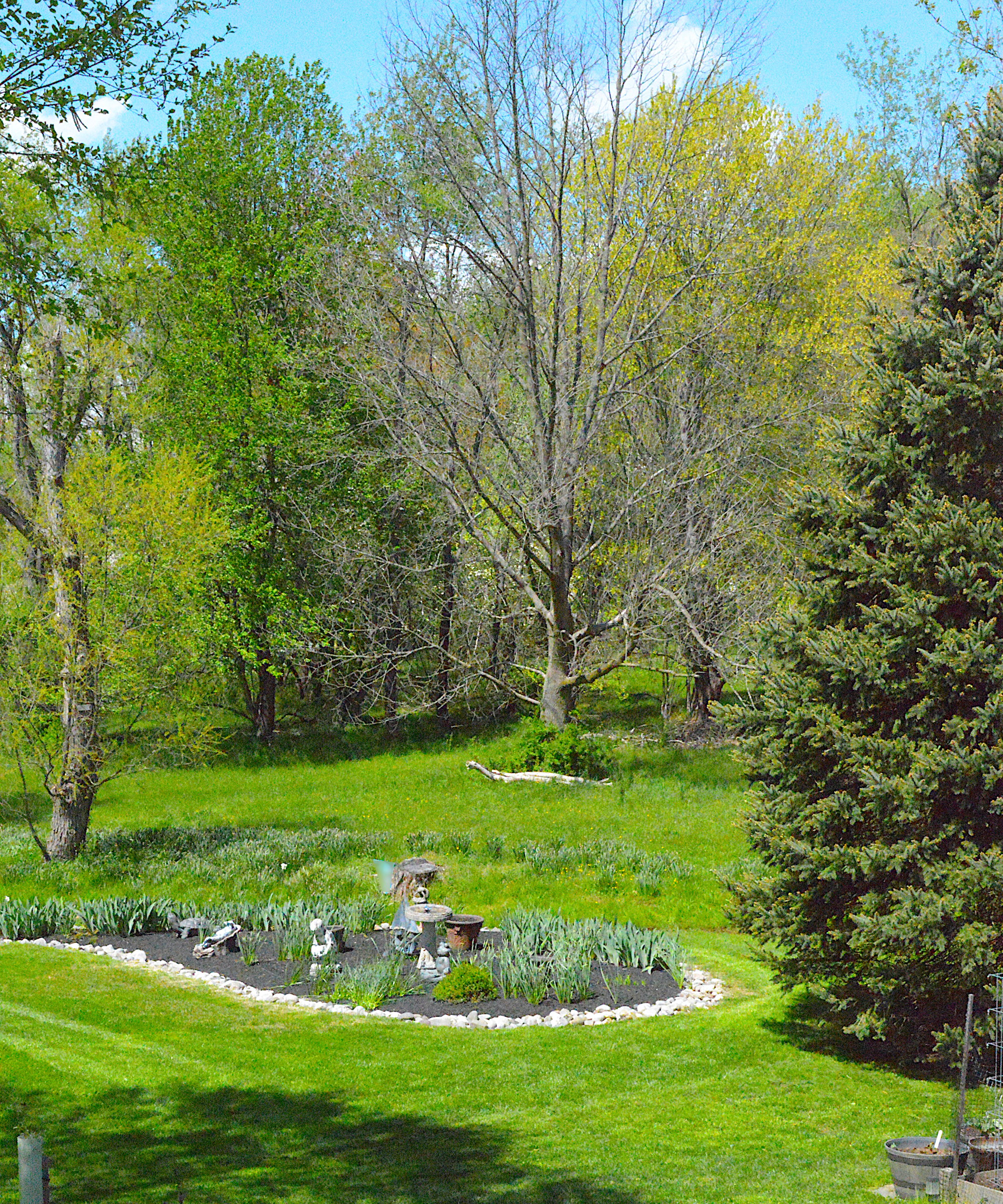 There's still time to prune deciduous trees this month – expert trimming advice for 9 of the most popular backyard trees
There's still time to prune deciduous trees this month – expert trimming advice for 9 of the most popular backyard treesThese trees will benefit from pruning in February with our handy guide
By Drew Swainston
